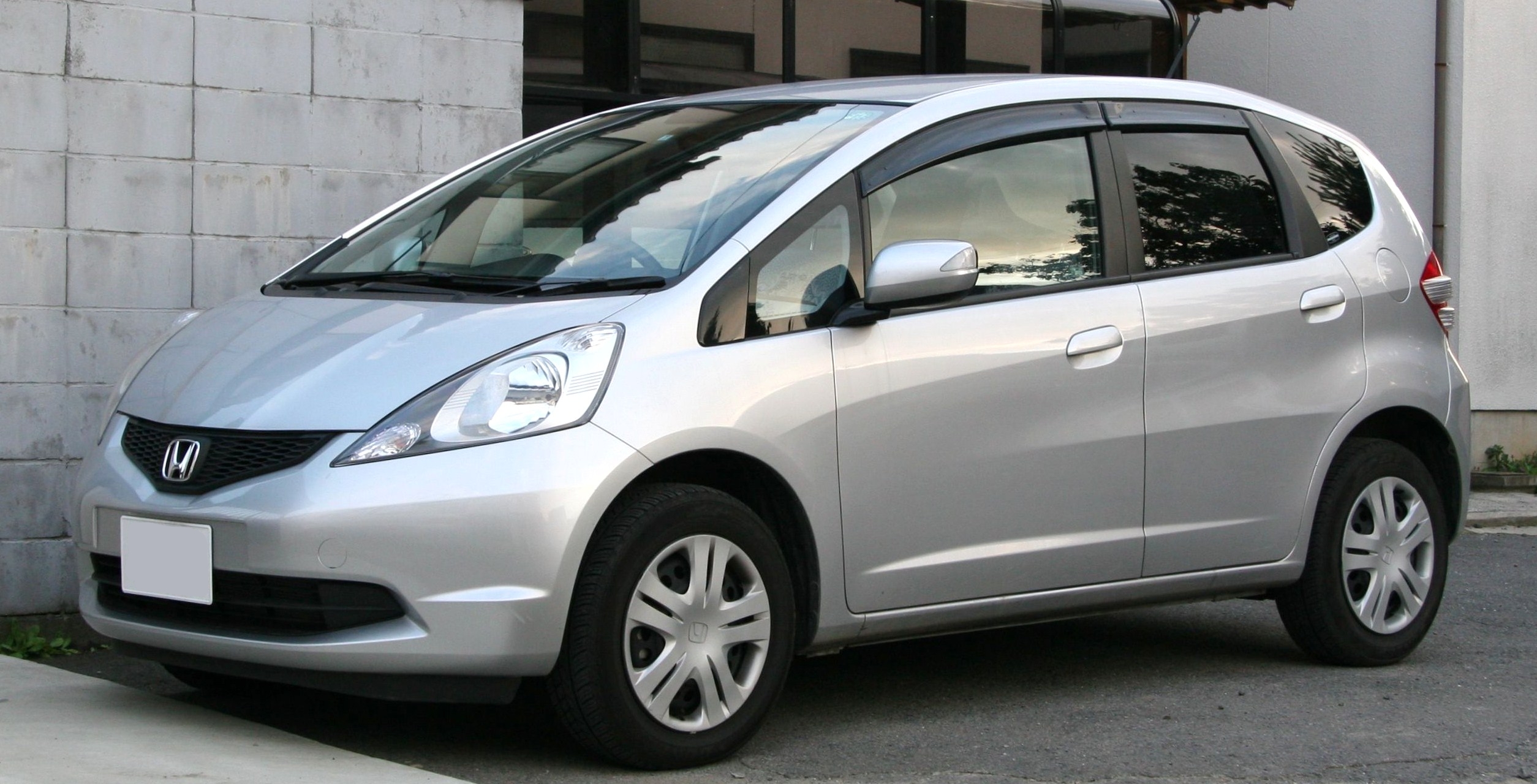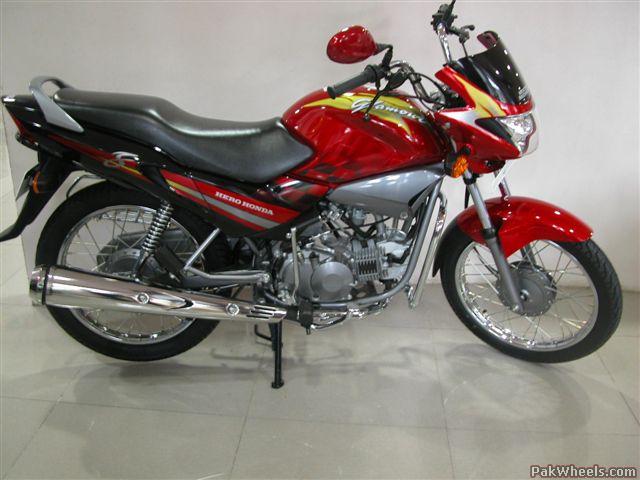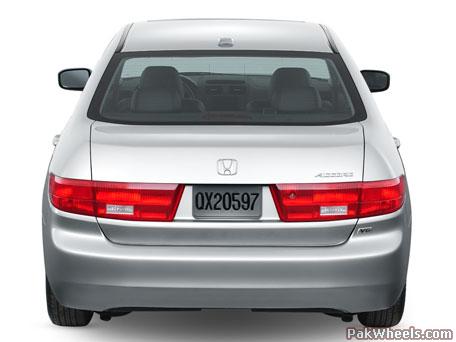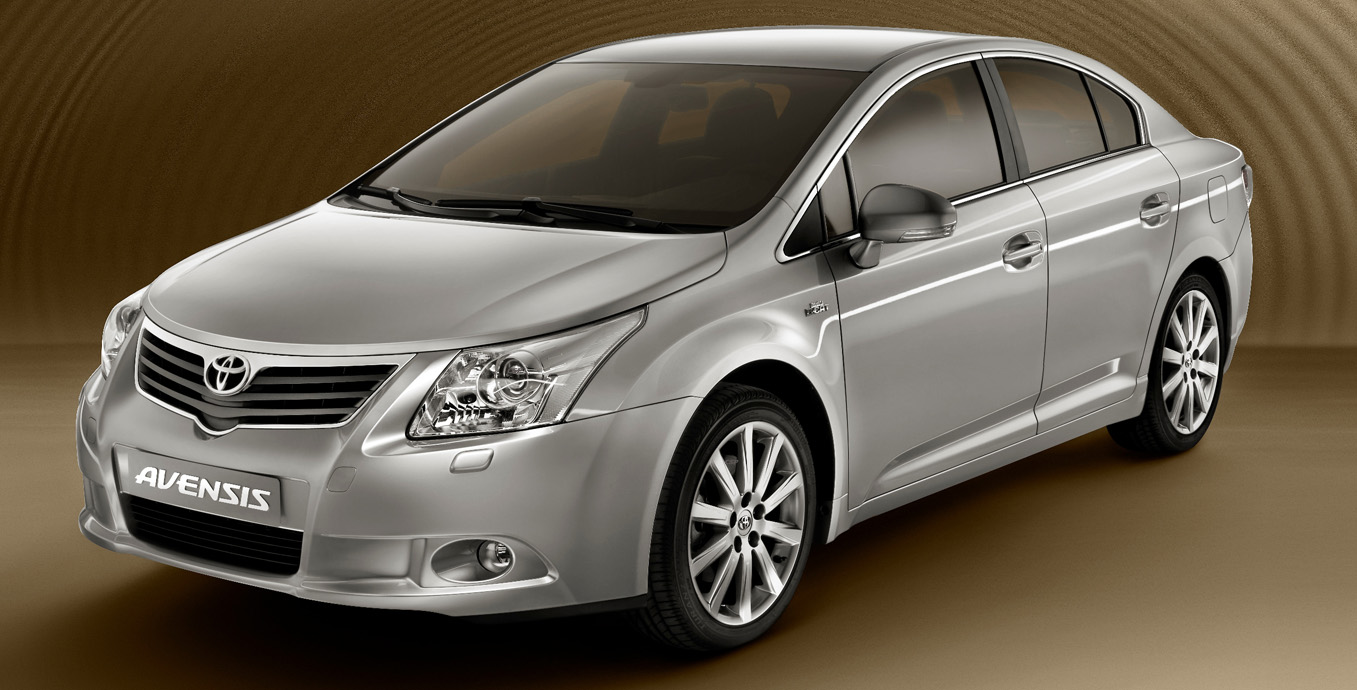In both its generations and all its global iterations, the Fit is known for its interior packaging, which places the fuel tank under the front seat, enabling rear seats that fold to a flat, low position – thereby enabling a flexible, regularized cargo volume.
The nameplate Jazz is used in Europe, some parts of Asia, Australia, Oceania, the Middle East, and Africa — while the name "Fit" is used in Japan, China, and the Americas. Fit/Jazz is sold in approximately 115 countries and produced at ten plants in eight countries/regions.Worldwide cumulative sales of Fit/Jazz has reached 3.5 million by July 2010.
Contents
* 1 First generation
o 1.1 Models
o 1.2 Drivetrain and platform
o 1.3 Seating and cargo
o 1.4 Production
o 1.5 Regions
o 1.6 Crash test
* 2 Second-generation
o 2.1 Fit Hybrid (2010)
o 2.2 Fit Shuttle (2011)
o 2.3 Regional information
* 3 Sales
* 4 Marketing
o 4.1 Recall
* 5 2nd Recall
* 6 3rd Recall
* 7 Fit EV concept
* 8 Awards and recognition
* 9 See also
* 10 References
* 11 External links
First generation
First-generation Fit 2001 Honda Fit (JDM)
Also called Honda Jazz
Guangzhou-Honda Fit Sport
Production 2001–2007
2006-2008 (U.S. and Canada)
Assembly Sumaré, São Paulo, Brazil
Guangzhou, China
Karawang, Indonesia
Suzuka, Mie, Japan
Santa Rosa, Philippines
Ayutthaya, Thailand
Predecessor Honda Logo
Class North America: Subcompact
Europe: Supermini
Body style 5-door hatchback
Layout Front engine, front-wheel drive / four-wheel drive
Platform Global Small Car; GD1/2/3/4
Engine L12A i-DSI 1.2 L I4
L13A i-DSI 1.3 L I4
L15A i-DSI 1.5 L I4
L15A VTEC 1.5 L I4
Transmission 5-speed manual
5-speed automatic
CVT / CVT-7
Wheelbase 2,450 mm (96.5 in)
Length 3,845 mm (151.4 in)
157.4 in (4,000 mm) (U.S. & Canada)
Width 1,675 mm (65.9 in)
Height 1,525 mm (60.0 in)
Curb weight 1,084 kg (2,390 lb) for 1.4 L LS with manual transmission
Related Honda Airwave
Honda City
The Honda Fit debuted in June 2001 in Japan and immediately became a big hit. By December 2001, it had outsold the Toyota Corolla, and ranked first in sales for nine out of twelve months in 2002. It subsequently was introduced in Europe (early 2002), Australia (late 2002), South America (early 2003), South Africa and South-East Asia (2003), China (Sep 2004), and Mexico (late 2005).
A production model for the United States and Canada debuted on January 8, 2006 at the North American International Auto Show in Detroit. The car was released in Canada on April 3, 2006, and in the U.S. on April 20, 2006 as a 2007 model year car. In the North American markets, the first generation Fit was replaced after only two model years by a new 2009 model, which was released for Japan in November 2007 as a 2008 model. Subsequent iterations will maintain the same platforms worldwide.
Honda originally intended to name the car "Fitta", but shortened the name in some markets, and renamed it completely in others, upon discovering that in several Nordic languages, fitta is a popular and very vulgar slang word for vulva.
 honda fit
honda fit honda fit
honda fit honda fit
honda fit honda fit
honda fit honda fit
honda fit honda fit
honda fit honda fit
honda fit honda fit
honda fit honda fit
honda fit honda fit
honda fit honda fit
honda fit honda fit
honda fit honda fit
honda fit











































